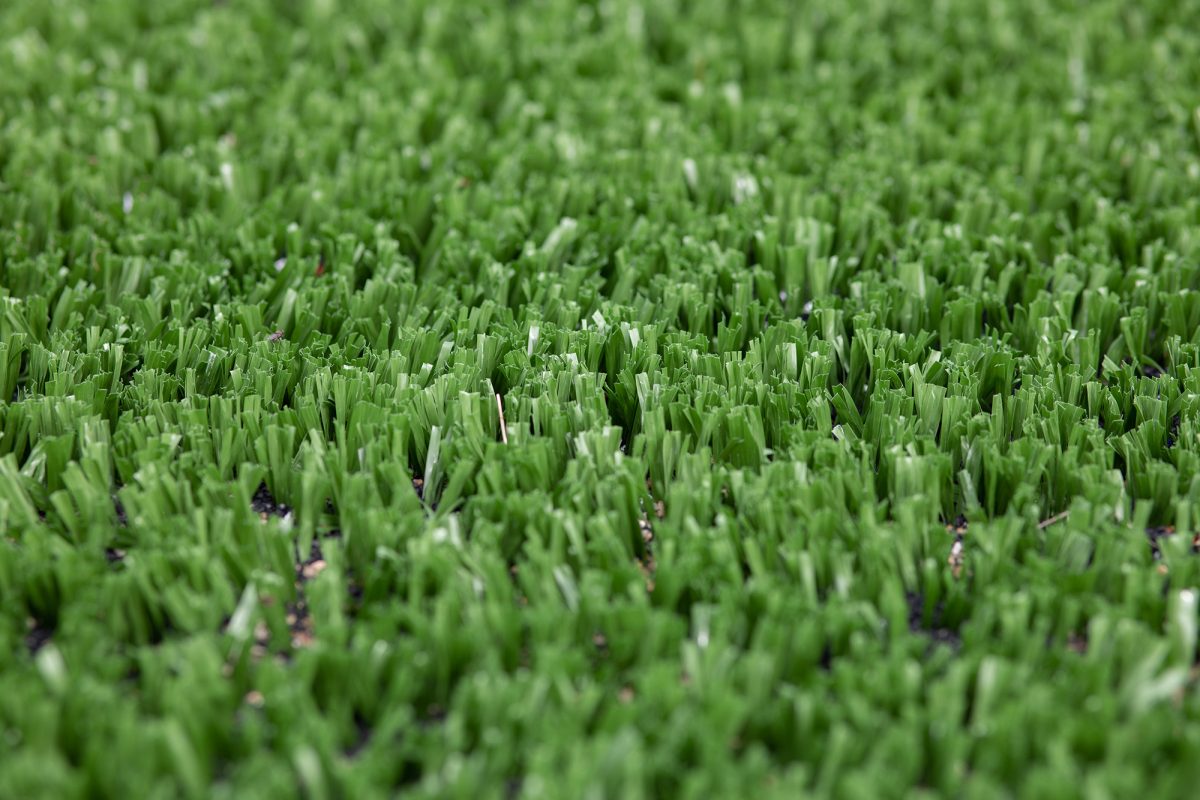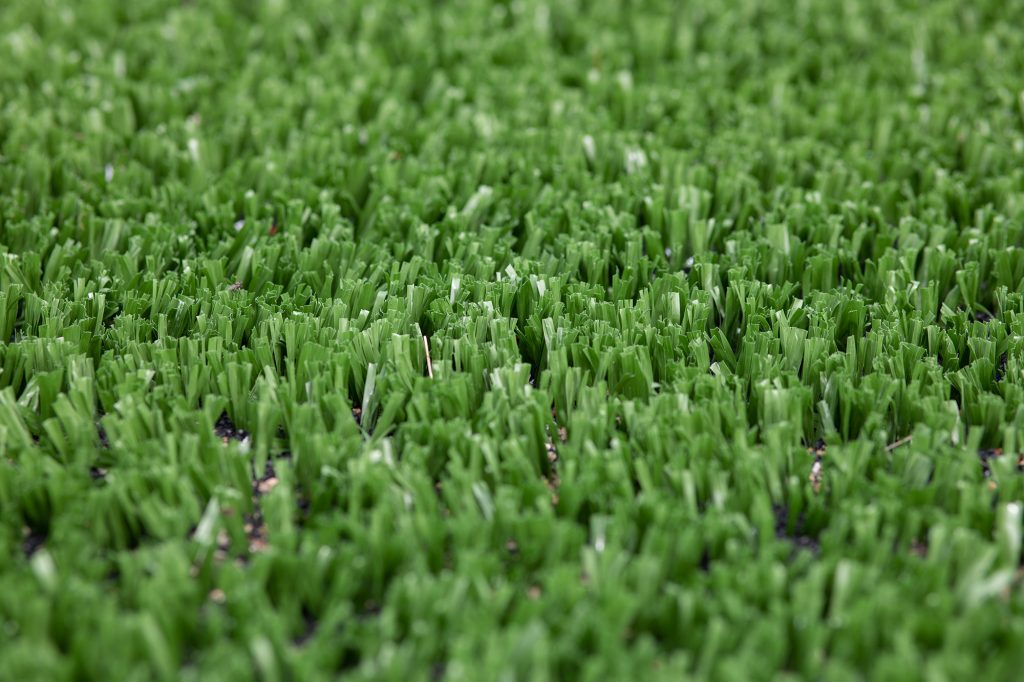 BACK
BACK
- BACKYARD
- COMMERCIAL
- ENVIRONMENT
- FIELD TURF NEWS
- GOLF
- MAINTENANCE
- NEWS
- PETS
- POOL
- RESIDENTIAL
- TURF TIPS
The Grass Is Always Greener: Artificial Turf Explained


There’s a reason people once associated artificial grass with sports. The product was in fact created for that purpose. But over the years, turf technology has advanced drastically.
As a result, artificial turf comes in many shapes and sizes, and can be used for just about any application, from commercial landscapes to residential backyards, putting greens, pool areas and pet surfaces. Modern synthetic grass looks so natural that you may have not noticed but it’s likely all around you.
Read on to learn more about how artificial lawns have grown into the product we know and love today.
The Playing Field
The roots of artificial grass can be traced back to the 1950s, when Henry and Edsel Ford’s Ford Foundation conducted a study on youth fitness. The study concluded that rural youth were in much better physical shape than those in urban areas. The reason? More access to large, grass-covered playing surfaces.
Around the same time, Monsanto’s Chemstrand Company developed a synthetic fiber carpeting that would serve as the perfect playing surface for indoor use, thus encouraging more physical activity for city kids.
Mid-Century Modern
The new playing surface had distinct elements to make it safe for use in schools: adequate foot traction, weather drainage, wear resistance, and flame resistance. Called ChemGrass, the first large-scale installation of the material took place in the Moses Brown School in Providence, RI in 1964.
One year later, the world’s first domed stadium, the Astrodome, was opened in Houston. It proved difficult to keep natural grass alive in a covered stadium, so ChemGrass was installed in the Astrodome in 1966 — and renamed Astroturf to reflect the name of the stadium. The product was an instant hit, and a patent for Astroturf was filed in 1967.
The Shaggy ‘70s
The advent of Astroturf meant the dawn of artificial turf for sporting arenas throughout the 1970s. The design was also slightly improved with the arrival of “shag turf.” Like the popular ‘70s shag carpets, shag turf had longer blades which were made of polypropylene instead of nylon fibers. This method is still used today. The fibers were in-filled with sand to stay upright.
Shag turf was softer and more aesthetically pleasing than its predecessors, but was still limiting in its uses. It couldn’t, for example, be used on soccer fields, because the sand infill did not cushion falls. It also wasn’t suitable for aesthetically pleasing home installations.
A Modern Marvel
In the mid-90s, the industry went through major upgrades that resulted in the realistic artificial grass we know and love today. The grass blades were made from multi-colored polyethylene fibers supported by crumb rubber infill. The result is incredibly realistic looking artificial grass that is soft to the touch and perfect for everything from athletic fields to residential lawns to theme parks, community centers, government buildings and just about anywhere else that has a surface.
In recent years, turf has evolved even further with advancements in drainage technology, aesthetic appeal and longstanding durability. It’s a highly adaptable product that saves millions of people the headache and hassle of regular lawn maintenance. And while the grass itself is artificial, we’re certain it will continue to grow around the world for decades to come.
More questions? Reach out to our team of experts.


